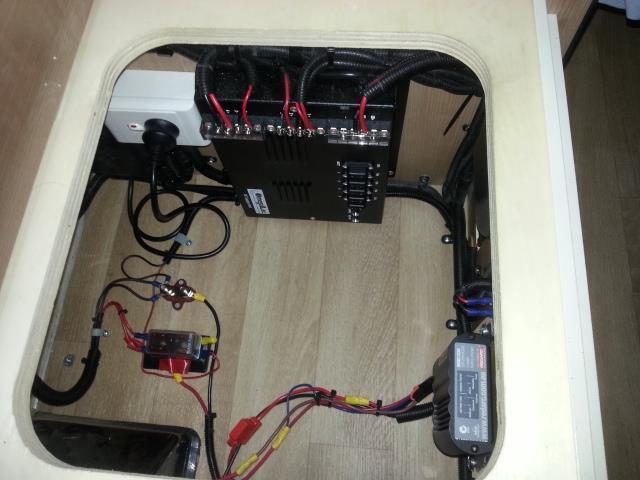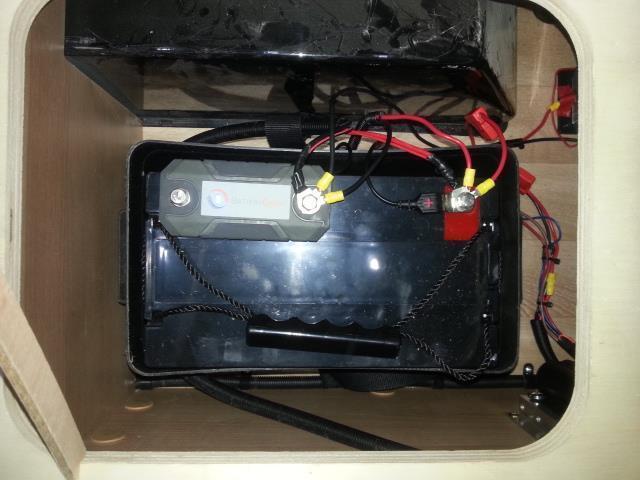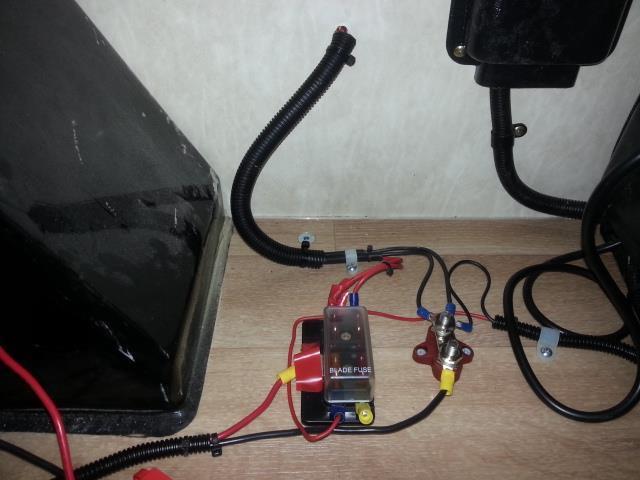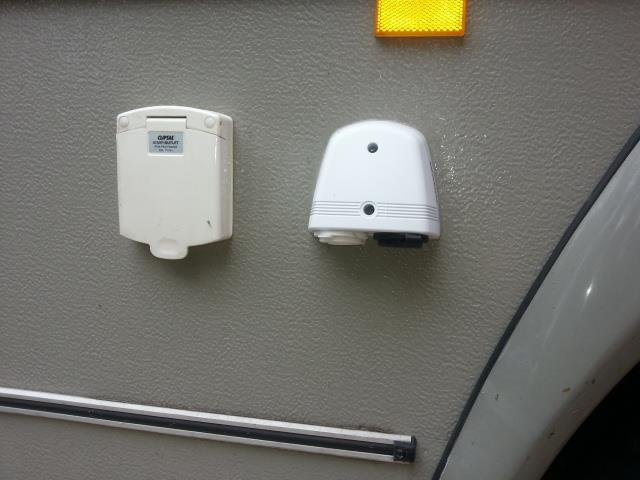condor22
Mike
The link for Nimbus, but you will probably need to contact Michael, he may have photographs he can email and other details.
He is not the cheapest, but it is quality gear.
http://dualbatteries.com.au/index.php?page=home
I should mention how Solar panel warranty works. You may see it noted in this format 1/25 or 2/25.
What this means is a 1 or 2 year manufacturing warranty and a 25 year performance warranty. Very few give a 25/25 warranty which is 25 years manufacturing 25 year performance. I seem to recall that Nimbus do have some panels with a 25/25 warranty.
So, the Ebay link you have above shows a life span warranty of 8 years, it doesn't say it is a manufacturing warranty and if it's 8 years on performance, then that is crap.
As I've said before, you get what you pay for.
He is not the cheapest, but it is quality gear.
http://dualbatteries.com.au/index.php?page=home
I should mention how Solar panel warranty works. You may see it noted in this format 1/25 or 2/25.
What this means is a 1 or 2 year manufacturing warranty and a 25 year performance warranty. Very few give a 25/25 warranty which is 25 years manufacturing 25 year performance. I seem to recall that Nimbus do have some panels with a 25/25 warranty.
So, the Ebay link you have above shows a life span warranty of 8 years, it doesn't say it is a manufacturing warranty and if it's 8 years on performance, then that is crap.
As I've said before, you get what you pay for.










